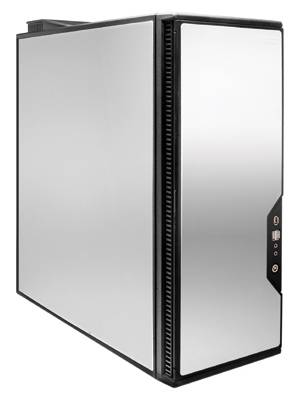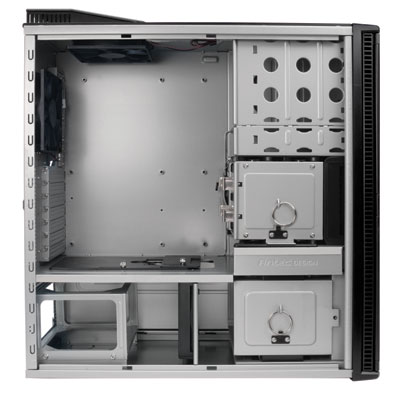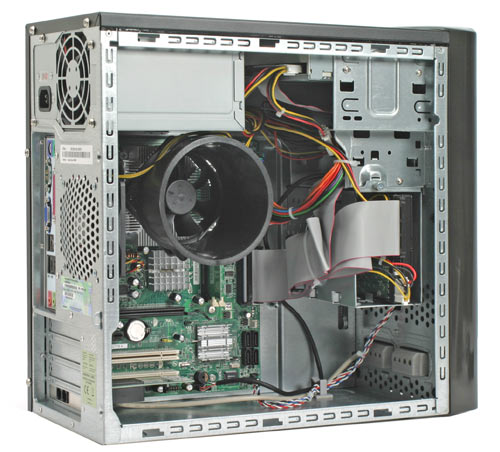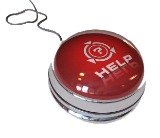Search This Site

Custom Search
|
 |
|||
Computer Cases
Make Sure You Provide Effective Computer Case CoolingWhich computer cases for your computer build? E.G. rack mount pc case, wholesale computer cases and more. To install hard drive, components and ensure proper computer cooling; review all options.
Your choice of computer cases is an important one when you are planning to build your own computer. 
The type of computer you are planning to build, be it a home office computer, gaming computer, or your child's first computer will make a difference in the type of case you need. In this section I will go over your different options and explain why the choice is an important one. Computer cases are known by many different names: computer chassis, computer cabinet, tower, desktop computer case, enclosure, and the list goes on. They are constructed from many different materials as well: aluminum, steel, plastic, plexiglass, and even wood. SizesOne of the more important things to consider, regardless of the type of computer you are building, is the size. Also known as the "form factor", the size and shape of computer cases is determined by the form factor of the motherboard. These come in a few different types:
Layout
If you are looking to build a gaming computer, then you are going to want a more open layout that provides for better airflow through the case. This will help to keep your components such as video cards and power supplies cooler. This will also allow you to install an aftermarket heatsink on your CPU. Home office computers will normally not need as open of a case, or one that is as large.
Component LocationsIn a typical tower case, the most common these days, the layout of the components is as follows:
A computer case sounds like an easy choice; it can be but it is also an important choice. Make sure that you review all your options: from rack mount cpu case to brand name cases; from wholesale computer cases and to custom built computer enclosures. Your system case needs to have ample room to install hard drive and other computer components and needs to be built to provide effective computer case cooling. |
Thanks for
|
|||
| Output Devices | Cooling | Cases | Modems | Troubleshooting | Computer Guides | Buying Guide |
| Free Games | Computer Software | Green Computers | Ultra Mobile PC | Glossary | Builder's Corner |
| Site Index | Contact Us | Advertising |
Return to top
Copyright© 2008-2014. Voice Marketing Inc. All Rights Reserved. Read our Privacy Policy.
 Computer cases typically include enclosures for the power supply, hard drives, DVD drives, and floppy disk drives, as well as a rear panel opening for the external connections. Cases will also contain connections for front panel components such as the power and reset buttons. Most will also have connections for USB ports, LED indicators, and some will have front panel audio outputs. The type of computer you are building will in part determine the type of layout you will want.
Computer cases typically include enclosures for the power supply, hard drives, DVD drives, and floppy disk drives, as well as a rear panel opening for the external connections. Cases will also contain connections for front panel components such as the power and reset buttons. Most will also have connections for USB ports, LED indicators, and some will have front panel audio outputs. The type of computer you are building will in part determine the type of layout you will want.



